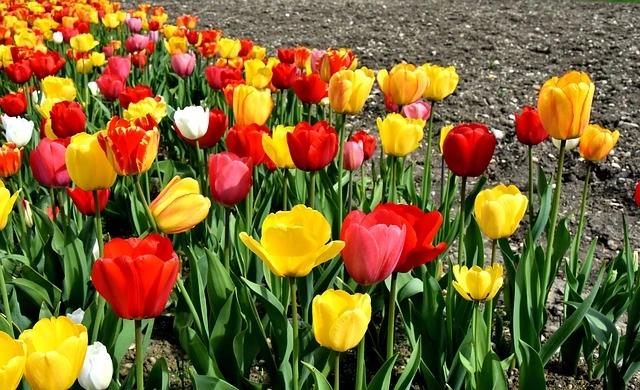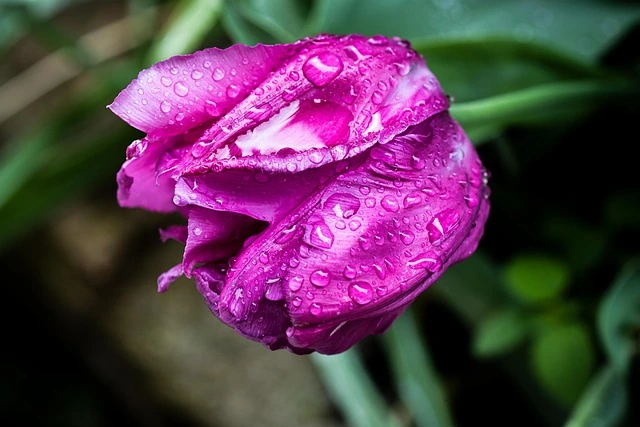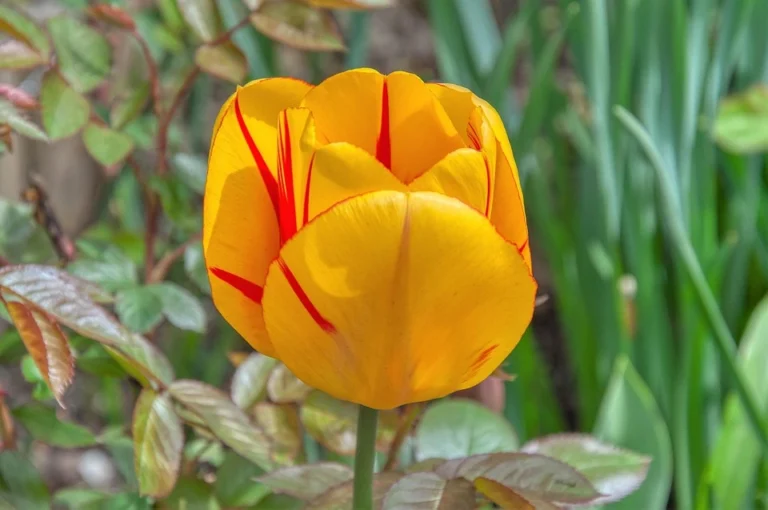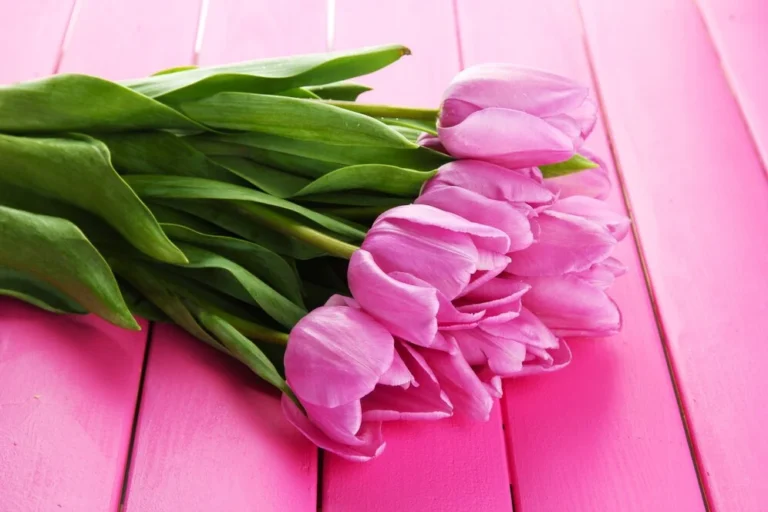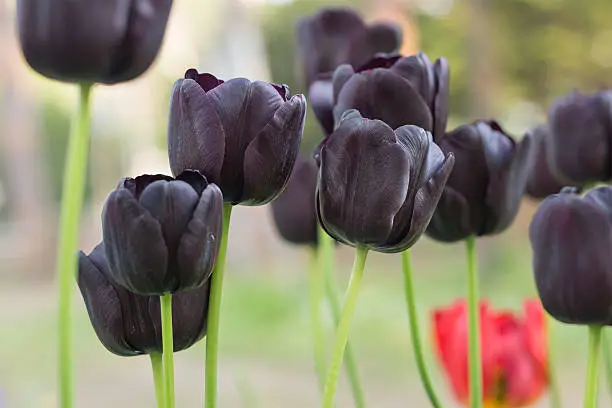Black Tulip Magnolia: The Ultimate Guide to Growing Nature’s Purple Marvel
Table of Contents
Did you know that Black Tulip Magnolia trees, despite their dramatic name, don’t actually produce black flowers but instead showcase stunning deep purple-red blooms that can transform any landscape? This remarkable cultivar has become increasingly popular, with nursery sales showing a 47% increase in the past three years alone.
When it comes to adding dramatic elegance to your garden, few plants rival the captivating beauty of the Black Tulip Magnolia. This remarkable deciduous tree combines stunning visual appeal with relatively easy care requirements, making it a must-have for both novice and experienced gardeners. In this comprehensive guide, we’ll explore everything you need to know about successfully growing and caring for this purple-flowered wonder.
What Exactly Is a Black Tulip Magnolia?
Black Tulip Magnolia (Magnolia x soulangeana ‘Black Tulip’) is a spectacular hybrid magnolia cultivar developed by New Zealand plant breeder Mark Jury. Despite its name suggesting black blooms, this tree actually produces deep purple-red, goblet-shaped flowers that emerge dramatically on bare branches in early spring, creating a breathtaking display against the late winter sky.
This specific magnolia cultivar stands apart from other varieties with its:
- Exceptionally deep purple, almost black-purple flower color
- Compact growth habit (reaching 15-20 feet tall at maturity)
- Earlier and more prolific blooming compared to many magnolia varieties
- Superior cold hardiness (thriving in USDA zones 5-9)
How to Successfully Grow Black Tulip Magnolia
Ideal Growing Conditions
The Black Tulip Magnolia thrives when provided with:
Soil Requirements: This magnolia variety performs best in well-draining, slightly acidic to neutral soil rich in organic matter. A soil pH between 5.5 and 6.5 is ideal for optimal growth and flowering. Before planting your Black Tulip Magnolia, consider amending heavy clay soils with compost to improve drainage.
Light Needs: While adaptable to various light conditions, Black Tulip Magnolia produces the most spectacular blooms when planted in full sun to partial shade locations. Morning sun with afternoon shade often provides the perfect balance, especially in hotter climate zones.
Water Requirements: Young Black Tulip Magnolia trees need consistent moisture until established. Once mature, they display moderate drought tolerance but perform best with regular deep watering during dry periods.
Planting Your Black Tulip Magnolia
Successful establishment starts with proper planting:
- Select a planting location that allows for the tree’s mature size (15-20 feet tall and 8-12 feet wide)
- Dig a hole twice as wide as the root ball but no deeper
- Carefully position the tree, ensuring the top of the root ball sits slightly above ground level
- Backfill with the original soil amended with compost
- Water thoroughly and apply a 2-3 inch layer of mulch, keeping it several inches away from the trunk

Seasonal Care Guide
Spring: Apply a balanced, slow-release fertilizer formulated for flowering trees after blooming has finished. Monitor for new growth and adjust watering as needed.
Summer: Maintain consistent moisture during hot, dry periods. Watch for signs of stress like wilting foliage.
Fall: Reduce watering as temperatures drop. Apply a fresh layer of mulch to protect roots during winter.
Winter: No special care required, though young trees may benefit from burlap protection in extremely cold regions to prevent frost damage to flower buds.
Common Black Tulip Magnolia Problems and Solutions
Despite being relatively low-maintenance, Black Tulip Magnolia can encounter a few challenges:
Frost Damage: Late spring frosts can damage emerging flower buds. Solution: Plant in protected locations away from frost pockets, or cover young trees during unexpected late freezes.
Yellowing Leaves: Often indicates iron chlorosis in alkaline soils. Solution: Apply iron supplements and gradually acidify the soil with organic amendments.
Scale Insects: These pests occasionally attack magnolias. Solution: Use horticultural oil sprays during dormant seasons and insecticidal soap during active growth.
Limited Blooming: Usually related to improper pruning or insufficient sunlight. Solution: Minimize pruning to necessary structural cuts and ensure adequate sunlight exposure.
Design Tips: Showcasing Your Black Tulip Magnolia
This stunning tree deserves thoughtful placement in your landscape design:
- Plant as a focal point in medium-sized gardens where its dramatic spring flowers can take center stage
- Use in woodland garden edges where its natural form complements native plantings
- Pair with spring-flowering bulbs like daffodils or tulips for a layered display of color
- Consider how the early-season blooms will interact with later-developing plants in your garden composition
Frequently Asked Questions About Black Tulip Magnolia
Q: When is the best time to plant a Black Tulip Magnolia? A: Early spring or fall are ideal planting times when temperatures are moderate and rainfall is typically more plentiful, giving the tree time to establish before extreme weather conditions.
Q: How long does it take for a Black Tulip Magnolia to bloom after planting? A: Most Black Tulip Magnolias will produce some flowers within 2-3 years after planting, with increasingly abundant blooming as the tree matures.
Q: Does Black Tulip Magnolia have fragrant flowers? A: Yes, the flowers produce a subtle, pleasant fragrance that’s most noticeable on warm spring days when the blooms are fully open.
Q: Can Black Tulip Magnolia be grown in containers? A: While possible in very large containers for a few years, this tree ultimately performs best when planted in the ground where its root system can fully develop.
Q: How do I protect my Black Tulip Magnolia from late spring frosts? A: For smaller specimens, cover with frost cloth when freezes are predicted. For larger trees, spraying with anti-transpirant products before expected frosts can provide some protection to flower buds.

Conclusion: Why Black Tulip Magnolia Deserves a Place in Your Garden
The Black Tulip Magnolia represents a perfect balance of dramatic beauty and manageable care requirements. Its compact size makes it suitable for modern gardens, while its spectacular early spring blooms provide much-needed color when the landscape is just awakening from winter.
By following the guidance in this article, you’ll be well-equipped to successfully grow this remarkable tree and enjoy its stunning display for decades to come. Whether you’re an experienced gardener or just beginning your horticultural journey, the Black Tulip Magnolia offers rewards that far exceed the minimal effort required for its care.
Have you grown Black Tulip Magnolia in your garden? Share your experiences in the comments below!

